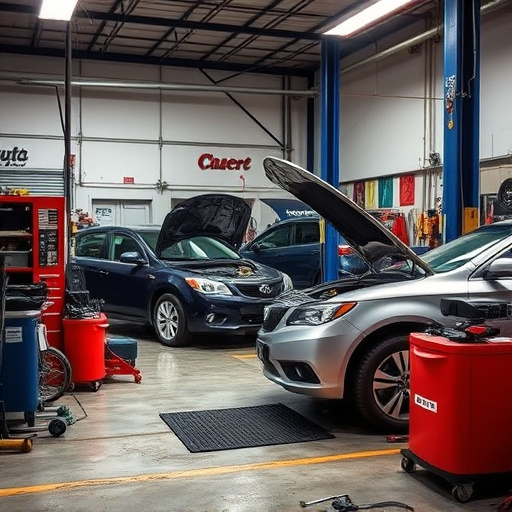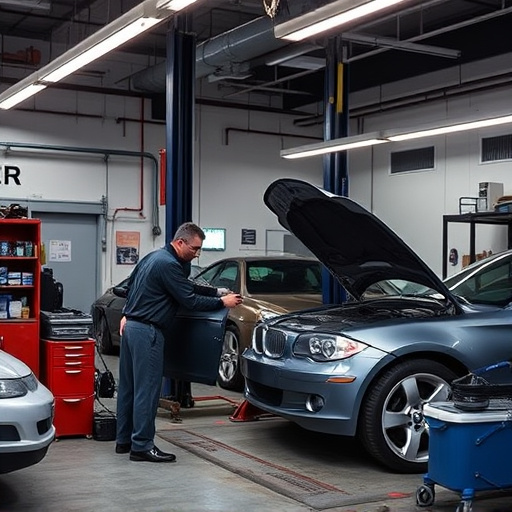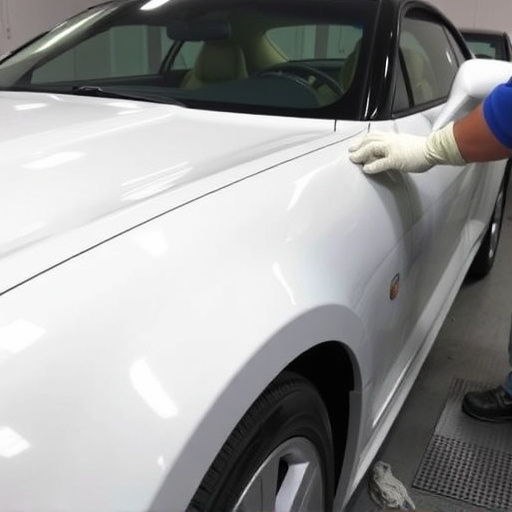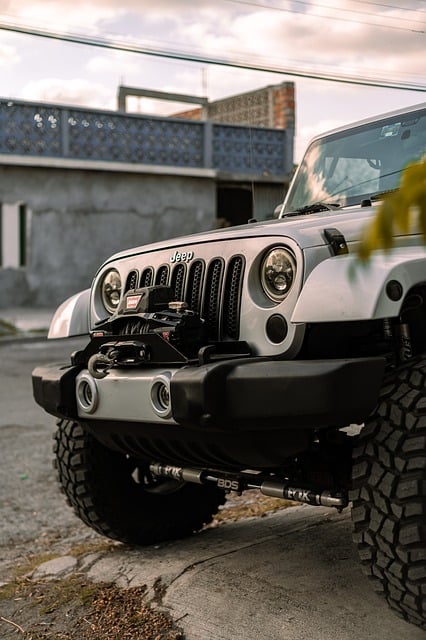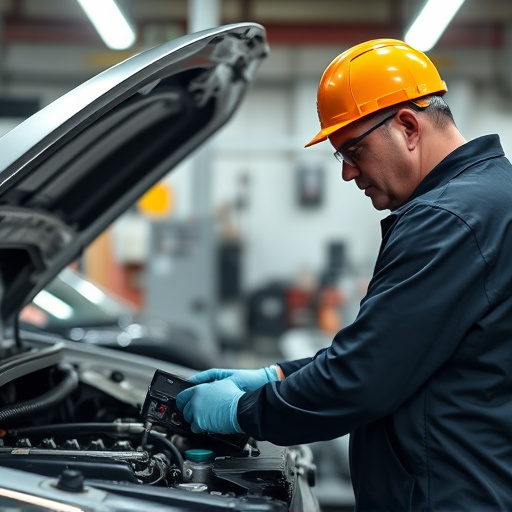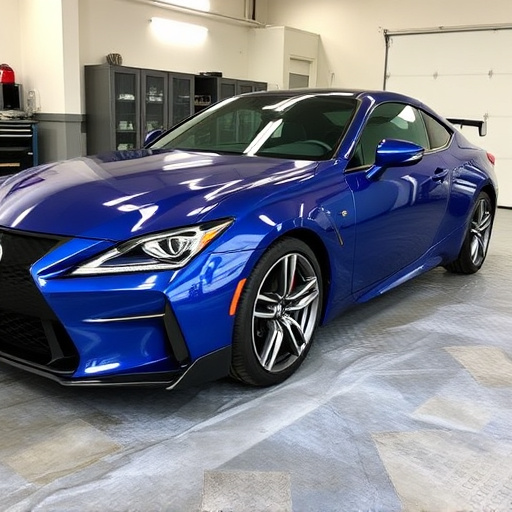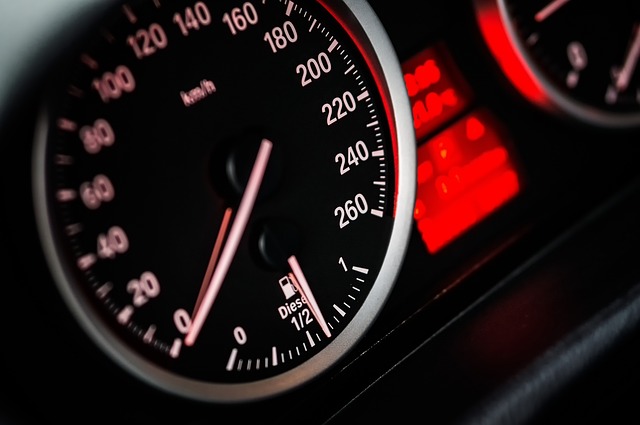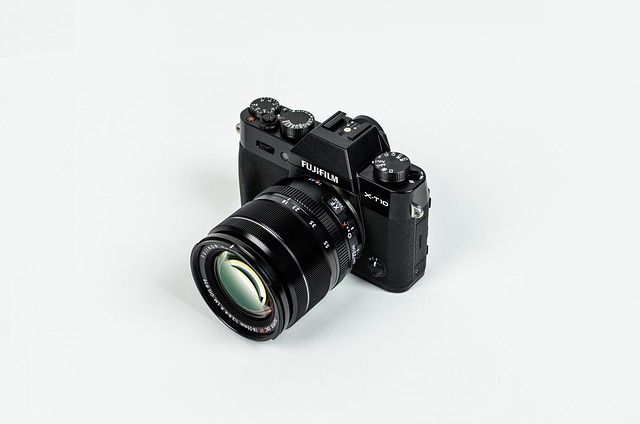Spot welding systems are indispensable tools in modern auto shops, particularly for car restoration and intricate bodywork. These advanced systems utilize focused electric arcs generated by powerful AC/DC power supplies to precisely melt and fuse metal parts. Control panels allow operators to adjust current, voltage, and pulse width, ensuring optimal weld quality tailored to material thickness. Effective cooling systems manage heat, reducing stress on materials and maintaining consistent performance. Spot welding systems enhance restoration quality, minimize waste, and prevent damage to surrounding materials, making them crucial assets for professional auto bodywork services.
In the realm of automotive repairs, mastering spot welding systems is a game-changer. This advanced technique ensures robust and precise connections, crucial for vehicle assembly and maintenance. This article unravels the intricacies of spot welding systems, guiding auto shop professionals through essential components, diverse applications, and advanced techniques. From electrode selection to maintenance practices, we provide actionable insights to optimize performance, ensuring longevity and precision in every weld.
- Understanding Spot Welding Systems: Essential Components and Their Function
- – Overview of spot welding systems
- – Key components: power source, electrodes, control system
Understanding Spot Welding Systems: Essential Components and Their Function
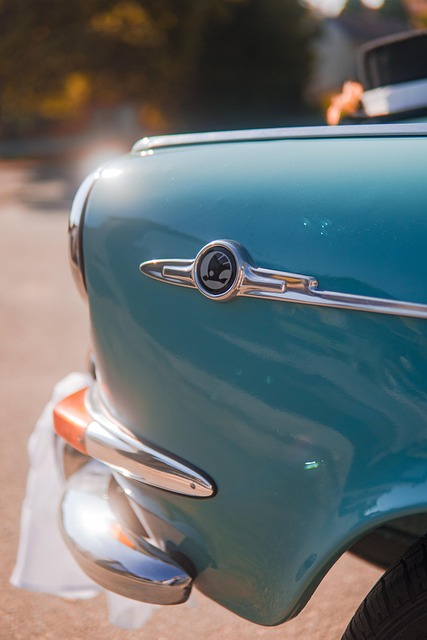
Spot welding systems are integral to efficient auto shops, offering precise and powerful spot welding for various applications, including intricate auto maintenance and fender repair. Understanding its components is key to maximizing efficiency and quality in car repair services. The heart of any spot welding system lies in its power source, typically an AC or DC power supply, which provides the necessary voltage and current for the welding process.
The welder’s control panel manages settings like current, voltage, and pulse width, allowing operators to adjust parameters according to material thickness and desired weld quality. The gun, a handheld device, delivers the electric arc to the workpiece, melting metal and creating a strong bond. Additionally, cooling systems, such as water or air, are crucial for managing heat, preventing excess stress on the material, and ensuring consistent welding performance in demanding car repair services.
– Overview of spot welding systems

Spot welding systems have revolutionized vehicle repair services, particularly within car body shops and vehicle restoration facilities. These advanced tools utilize focused heat to fuse metal components together, offering precision and efficiency in a wide range of automotive applications. Unlike traditional welding methods, spot welding is ideal for smaller, localized welds, making it versatile for intricate car body shop tasks where accuracy is paramount.
The systems are designed with user-friendly features that simplify the process for skilled technicians. They allow for precise control over heat input and energy delivery, ensuring clean, strong welds every time. This not only enhances the quality of vehicle restoration but also reduces waste and the risk of damage to surrounding materials, making it an indispensable asset in modern auto shops.
– Key components: power source, electrodes, control system
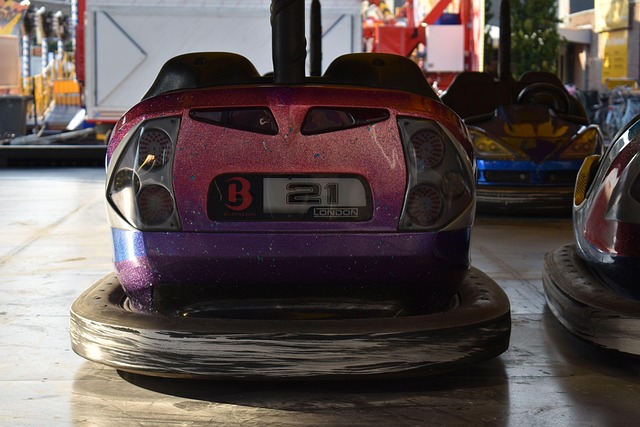
Spot welding systems are indispensable tools for auto shops engaging in car restoration and repair, particularly for intricate car bodywork services. These advanced systems streamline the joining process by utilizing focused electric current to melt and fuse metal together. At the heart of any spot welding system lie three key components: power source, electrodes, and control system.
The power source, usually an alternating current (AC) or direct current (DC) generator, provides the necessary electrical energy to drive the welding process. Electrodes, typically made of robust materials like tungsten or nickel, conduct the electric current directly to the metal, creating a precise and controlled melt. The control system, a sophisticated mechanism, regulates the flow of current, voltage, and frequency, ensuring clean and consistent welds every time. This intricate interplay between these components allows auto repair shops to achieve high-quality results in car restoration projects, underscoring the importance of mastering spot welding techniques for professional auto bodywork services.
Spot welding systems are indispensable tools in auto shops, offering precise and efficient joining of metal parts. By understanding the essential components—power source, electrodes, and control system—and their functions, technicians can optimize welding processes for superior results. Mastery of these advanced tips ensures not only enhanced productivity but also improved quality and durability in automotive manufacturing and repair.
